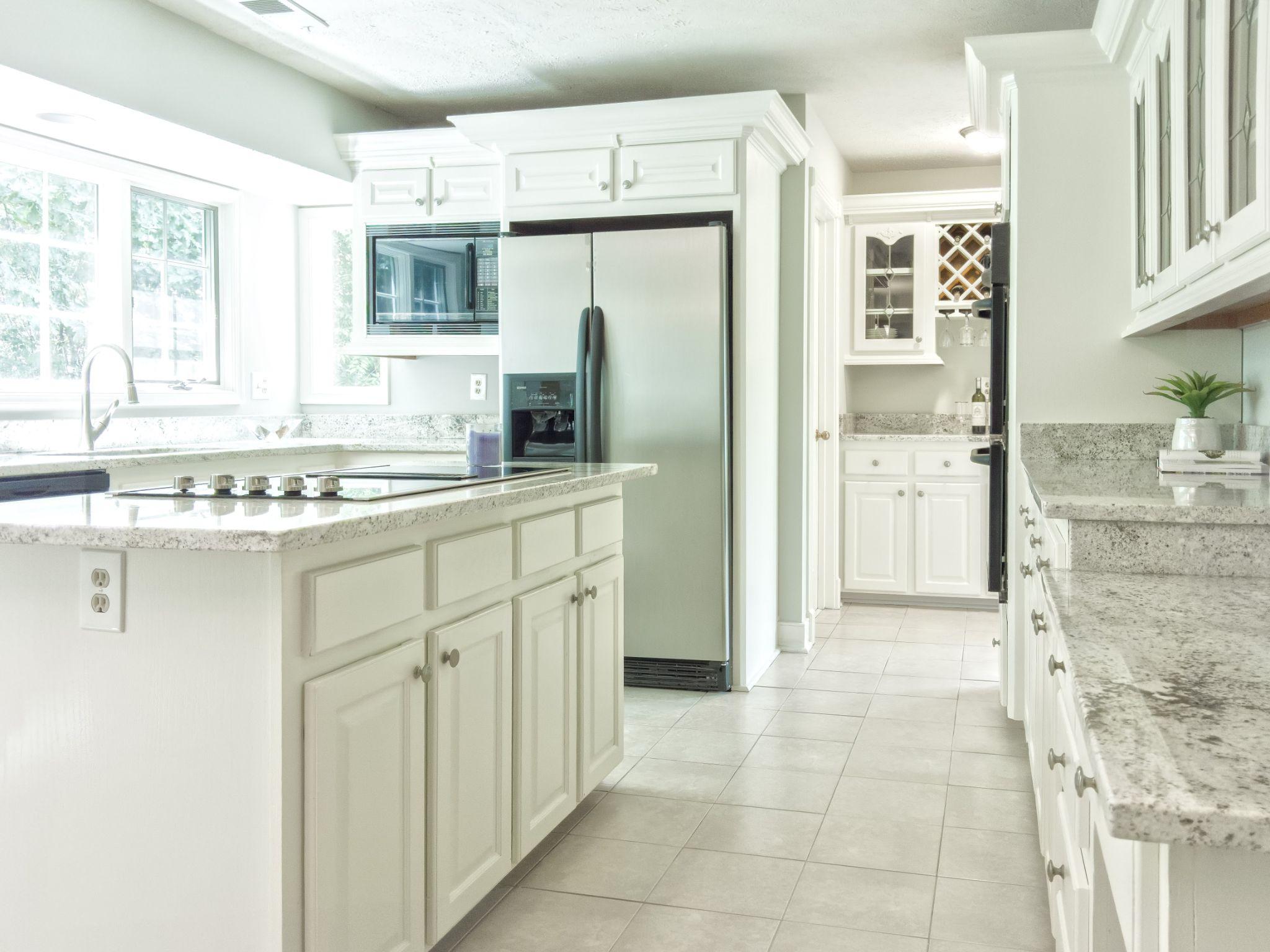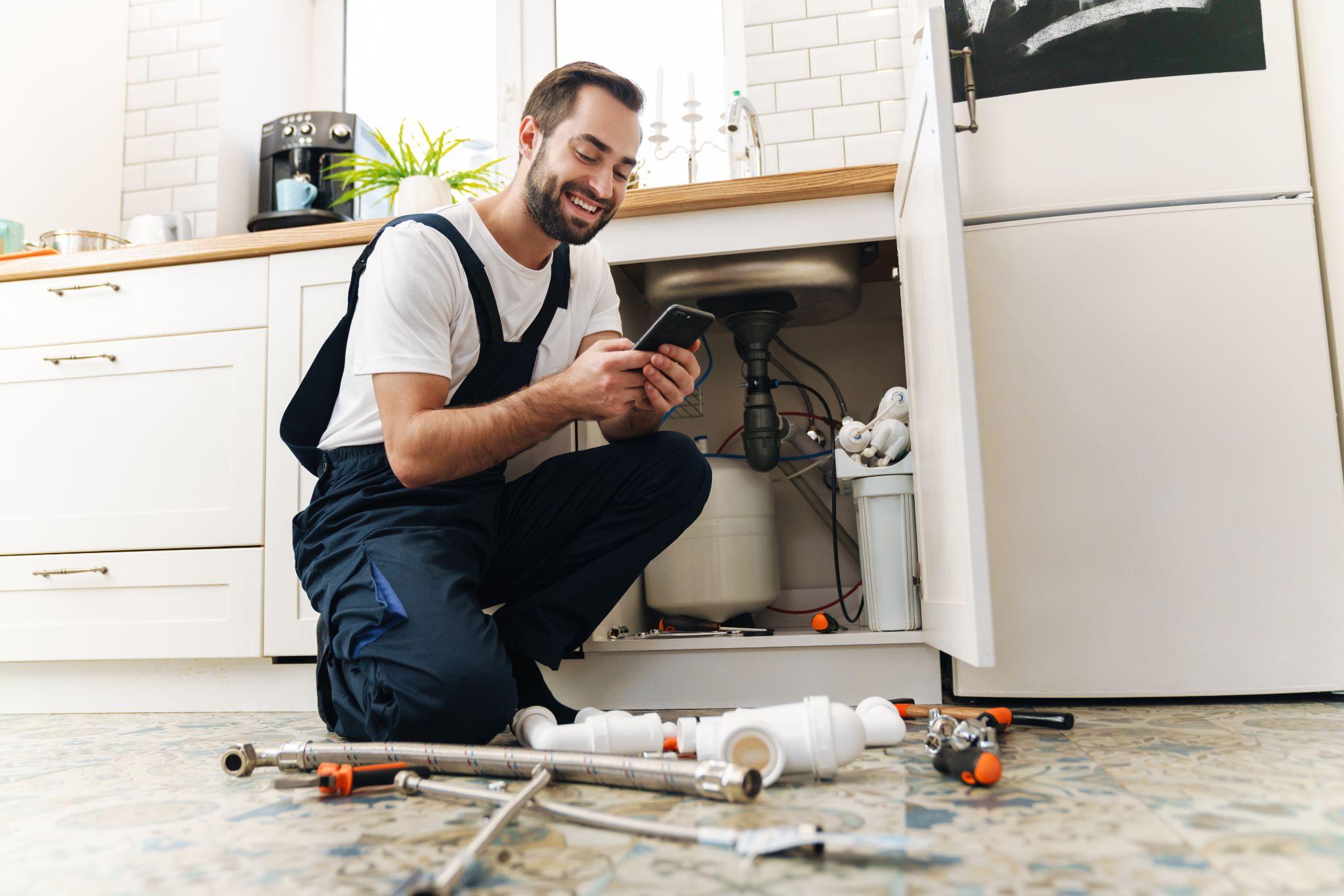Spring Season Plumbing Tips

Including plumbing maintenance on your spring cleaning checklist helps ensure your plumbing system runs properly. This can help to prevent serious issues like clogged pipes or leaking faucets from occurring. Additionally, it can uncover potential issues so they can be addressed quickly before becoming more serious.
10 Spring Plumbing Tips
When making your spring cleaning checklist, here are some spring plumbing tips to ensure your home’s plumbing is probably maintained.
1. Check all pipes and connections for signs of corrosion or leaks.
During the winter months, temperature fluctuations can cause your pipes to expand and contract. As a result, leaks can develop from loose pipe fittings and connections. If you hear the sound of dripping water or notice water stains on your walls or ceilings, you have a water leak.
While you can check all your exposed pipes, like those under sinks or in your basement or crawl space, you can have your plumber perform a leak detection test on the pipe hidden behind walls, ceilings, and flooring.
2. Clean out all drains and remove any clogs.

Food, hair, grease, and other things accumulate inside the drain pipes over time. Eventually, these can cause recurring plumbing clogs. Depending on what was put down the drain, they can also create foul odors.
While you can remove the drain trap and clean the primary drain line under sinks, cleaning the pipes in your walls is more difficult to do as a DIY project. Instead, have your plumber clean all the drain pipes that run into the walls and to your sewer main.
3. Inspect the water heater for any signs of rust or corrosion.
Water heaters can develop rust and corrosion, leading to leaks and other problems. Check all around the exterior of the water tank. Remove the cover and check the pipes inside if you have a tankless heater.
4. Flush out the water heater to remove sediment and improve efficiency.
Both tankless and tank-water heaters need to be flushed out annually. The flushing process removes any sediment that builds up inside the water heater. Flushing the tank may not seem difficult, but most people just have their plumber do it since they already have all the necessary tools and equipment.
5. Test the water heater’s safety valve to ensure it is working correctly.
The last thing you must complete is testing the water heater’s safety valve. The safety valve is designed to open and release extremely hot water down a drain and out of the home to prevent the tank from overpressuring and exploding.
However, you do need to be careful when testing the valve to not get burned. Most plumbers include this test in their annual water heater maintenance service. So, if your plumber is already flushing the tank, they should also check the safety valve.
6. Check the water pressure in all of your faucets and showers.
If you have noticed the water pressure at one or more of your faucets or showers has decreased, it could indicate a few different plumbing problems. Testing the water pressure is not difficult with a water pressure test device available at most hardware and home improvement stores.
If you discover that one or more of your faucets or showers has lower water pressure, you should call your plumber for a more detailed inspection to find out where the water pressure drop occurs. For example, if you have a water leak, it will cause a reduction in water pressure.
7. Inspect all fixtures for signs of wear and tear.
If you have dripping faucets or the water flows out slowly or in multiple directions, you want to remove the aerator—the small round part connected to the faucet spout. This unscrews counter-clockwise.
After removing it:
- Remove the white aerator and clean the screen and aerator.
- Put it back together and screw back on the faucet.
- Turn on the water to verify the water flow is working correctly.
If your faucets show signs of scale buildup, corrosion, or other signs of age, having your plumber install new fixtures might be a good idea.
8. Replace any worn-out washers, aerators, aerator screens, or gaskets.
The next spring plumbing maintenance you should take care of is replacing worn-out parts on your faucets. When you are inspecting and cleaning them or if there are still leaks, replacing the worn-out parts is recommended. If that doesn’t work, you may need to replace the fixture.
9. Clean out the garbage disposal and remove any clogs.

Grease, food particles, and other stuff can remain in the garbage disposal even after running it and letting water flow down the drain after turning it off. There are garbage disposal cleaners you can use to clean it.
If there are clogs, you must take extra caution before working on the disposal by ensuring the breaker switch is off or it is unplugged from the wall. Never work on a disposal that still has power.
You may want to call your plumber for difficult clogs, as it can require removing the disposal and taking it apart. In certain circumstances, you might need to replace the disposal, which your plumber can take care of too.
10. Perform a sump pump inspection and test it.
If your home has a sump pump, inspect and test it. As spring arrives, it often means more spring showers and rainy weather. If your sump pump has a backup battery, test the battery too. If you need help, have your plumber complete the sump pump inspection and test.
Spring Plumbing Maintenance in San Antonio and Austin
Since 1950, San Antonio and Austin homeowners have trusted Christianson Air Conditioning & Plumbing to take care of all their heating, cooling, and plumbing needs, including their spring plumbing maintenance. Contact us at 512-246-5400 today to schedule your spring plumbing services.



Sorry, comments for this entry are closed at this time.